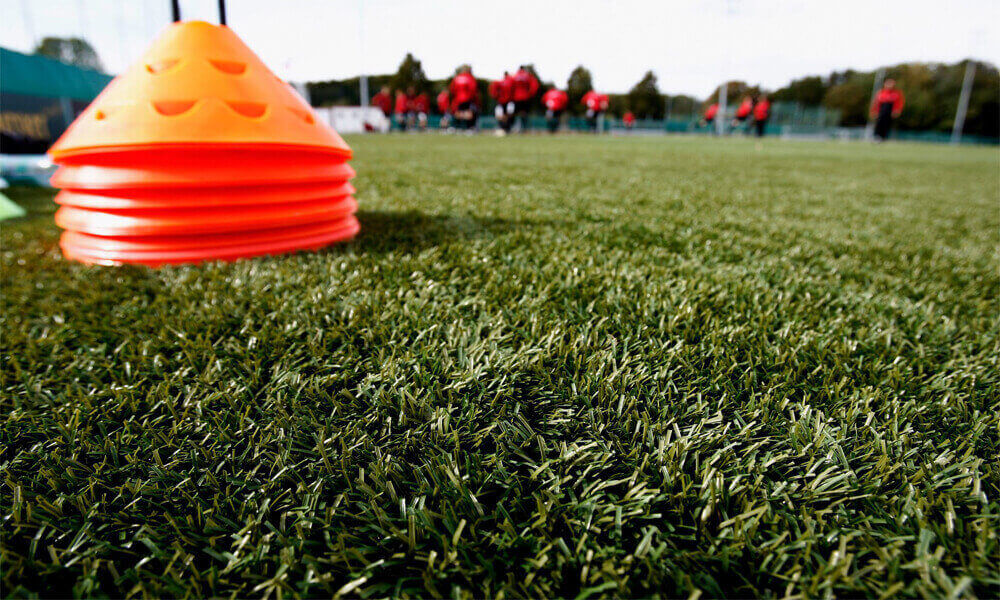Artificial turf is a surfacing material used to imitate grass. It is generally used in areas where grass cannot grow, or in areas where grass maintenance is impossible or undesired. Artificial turf is used mainly in sports stadiums and arenas, but can also be found on playgrounds and in other spaces.
Fitmus provides artificial grass solutions for landscapes, playgrounds, putting greens, & homes with pets & Crossfit Workout – all at wholesale prices & with the widest selection of synthetic turf products available.
How is Artificial Grass Manufactured?
Artificial grass is tufted with the same methods used in making carpets. The difference in raw materials used for artificial grass means that they can be manufactured in different ways. For instance, artificial grass blades can be made in narrow sheets or thrust through moulds to make rounded or oval fibres. But for the most part, artificial grass manufacturing is the following:
Firstly, the artificial turf “ingredients” are mixed together in a hopper, before colours and chemicals are combined so that the grass has its signature green shade and is immune to UV damage.
Next, the mixture is poured into a big steel mixer that stirs the mixture until it has thickened.
The liquid is then placed into an extruder and come out as an elongated, slender strands to emulate real blades of grass.
After this, the strands are put on a carding machine and rotated into a loose rope. The lax rope is tightened and woven into a yarn.
Next, the woven shape is set through it being heated.
The yarn is then placed in a tufting machine where a needles pierces the underside layer of the turf and feeds the yarn into the loop. Hundreds of needles and hundreds of rows of stitches are made.
The artificial grass is then rolled out and coated with latex on its underside.
The artificial grass is fed through an oven which cures the latex
Finally, the artificial turf is rolled and packaged.

